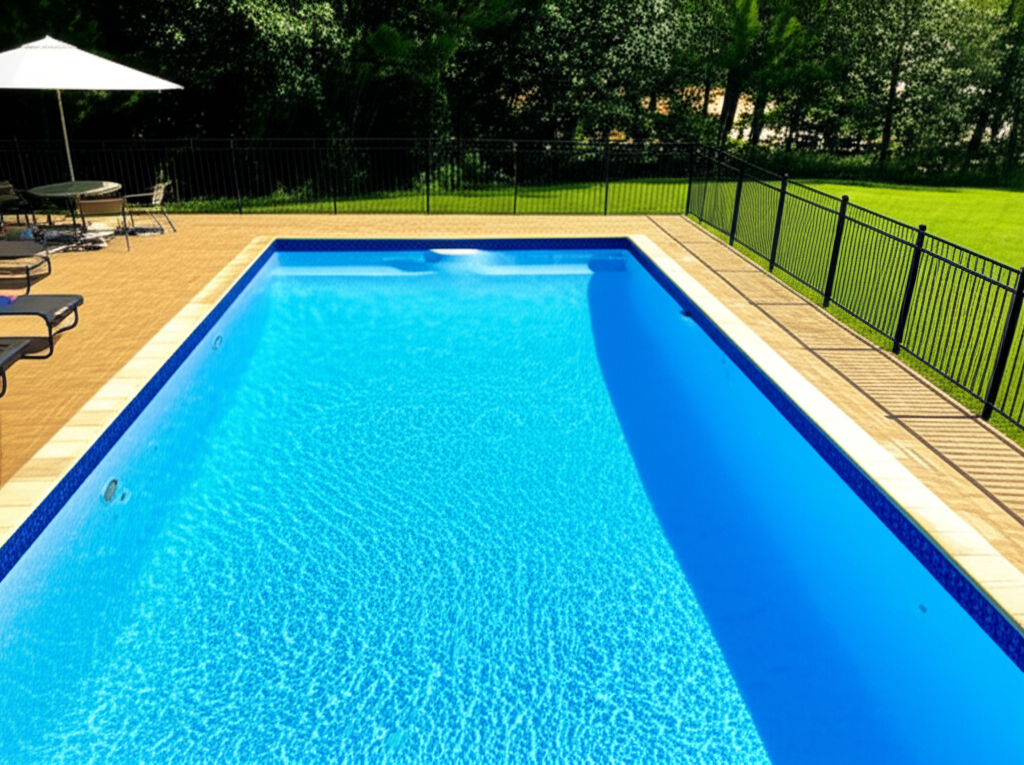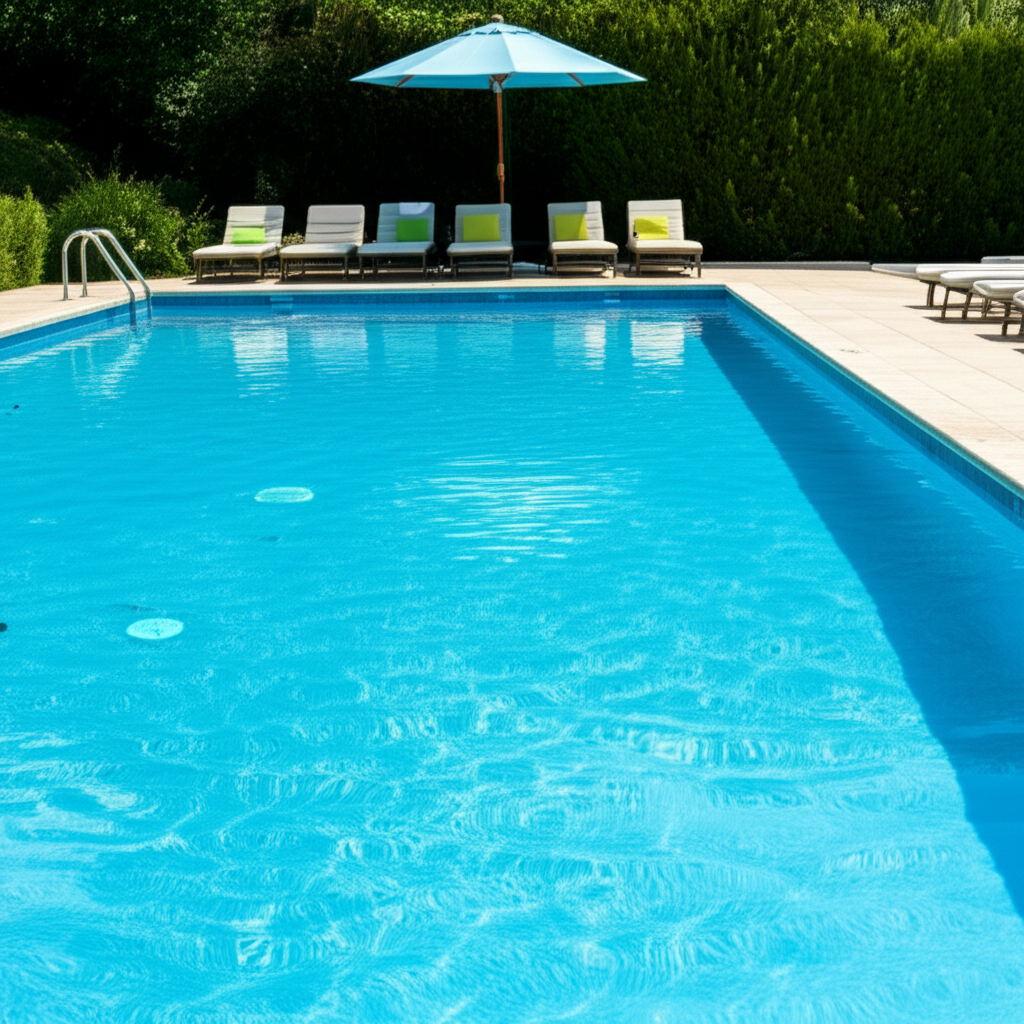- Decoding the Factors That Drive Pool Cost
- Pool Type: The Foundation of Your Investment
- Size, Depth, and Shape
- Features and Accessories
- Site Preparation & Permitting
- Location, Location, Location
- Stunning Savings on Your Pool Cost: Smart Strategies
- Prioritize Your Needs vs. Your Wants
- Embrace Simplicity and Standard Shapes
- Strategic DIY Contributions
- Opt for Off-Season Installation
- Energy-Efficient Choices for Long-Term Savings
- Get Multiple Bids and Negotiate
- Explore Financing Options Wisely
- Beyond Installation: Managing Ongoing Pool Cost
- Your Dream Pool is Within Reach
Pool Cost can be a significant hurdle for many homeowners dreaming of a backyard oasis. While the vision of sparkling blue water and endless summer days is enticing, the perceived financial outlay often keeps those dreams just out of reach. However, building your dream pool doesn’t have to break the bank. With strategic planning, informed decisions, and a bit of savvy, you can unlock stunning savings without compromising on quality or enjoyment. This article will guide you through understanding the factors that influence pool expenses and reveal practical ways to reduce your overall investment.
Decoding the Factors That Drive Pool Cost

Before diving into savings, it’s crucial to understand what contributes to the overall price tag. A pool is more than just a hole in the ground filled with water; it’s a complex project involving materials, labor, permits, and ongoing maintenance.
Pool Type: The Foundation of Your Investment
The type of pool you choose is arguably the biggest determinant of its initial cost.
Inground Pools: These are typically the most expensive but offer the greatest customization and aesthetic appeal.
Gunite/Concrete Pools: Highly durable and fully customizable in shape and size, but involve extensive construction time and labor. They often represent the highest initial investment.
Fiberglass Pools: Pre-manufactured shells that are quicker to install than concrete, offer a smooth, non-porous surface, and are generally less expensive than gunite, especially in the long run due to lower chemical usage. However, shapes and sizes are limited to available molds.
Vinyl Liner Pools: A more economical inground option, offering flexibility in shape and size like concrete, but with a vinyl surface. The liner will need replacement every 7-15 years, which is an ongoing cost factor.
Above-Ground Pools: Considerably less expensive than inground options, easier and quicker to install, and can be temporary. While they don’t offer the same aesthetic integration, they provide the same aquatic enjoyment at a fraction of the cost.
Size, Depth, and Shape
Simply put, larger pools require more materials, more excavation, more water, and more labor, leading to a higher price. Deeper pools also add to excavation costs. Custom or irregular shapes, especially for gunite pools, significantly increase labor and material expenses compared to standard rectangular designs.
Features and Accessories
This is where costs can quickly escalate. From waterfall features and built-in spas to elaborate lighting systems, automation, and high-end decking, every add-on contributes to the final pool cost. Essential additions like a pool cover, fencing (often legally required), and a cleaning system are also part of the budget.
Site Preparation & Permitting
Permits are a non-negotiable expense and vary by location. Site preparation can also add unexpected costs, particularly if your backyard has tricky terrain, rocky soil, poor drainage, or limited access for heavy machinery. Retaining walls or extensive landscaping might become necessary.
Location, Location, Location
Labor rates, material availability, and even local building codes can differ significantly from one region to another, influencing the final project cost.
Stunning Savings on Your Pool Cost: Smart Strategies
Now, let’s explore actionable strategies to mitigate the financial impact of building your dream pool.
Prioritize Your Needs vs. Your Wants
Start by making a “must-have” and “nice-to-have” list. Do you absolutely need a sprawling infinity edge, or would a standard deck and a well-placed lighting system suffice? Focus on functionality and safety first. You can always add features later as your budget allows.
Embrace Simplicity and Standard Shapes
A simple rectangular or oval pool will almost always be less expensive to build than a custom, free-form design. Stick to standard sizes and depths that meet your family’s needs without overdoing it.
Strategic DIY Contributions
While you shouldn’t attempt to install the pool shell yourself (unless you’re a professional), you can definitely save money on certain aspects. Consider handling the landscaping around the pool, installing the fencing, painting, or building a storage shed for pool equipment. Just ensure you’re confident in your skills to avoid costly mistakes.
Opt for Off-Season Installation
Many pool builders offer discounts during their slower periods, typically late fall through early spring. Planning your installation during these months can lead to significant savings on labor and materials. Plus, your pool will be ready for the very first warm day of summer.
Energy-Efficient Choices for Long-Term Savings
While upfront costs might be slightly higher for energy-efficient equipment, they offer substantial savings on your ongoing pool cost.
Variable-Speed Pumps: These pumps can run at lower speeds, drastically reducing electricity consumption compared to single-speed models.
Solar Heating: Harness the sun’s power to warm your pool, effectively eliminating heating bills.
Automatic Pool Covers: These not only enhance safety but also reduce water evaporation and heat loss, saving on both water and heating costs.
LED Lighting: Consumes far less electricity and lasts longer than traditional incandescent bulbs.
Get Multiple Bids and Negotiate
Never settle for the first quote you receive. Contact at least three reputable pool builders and compare their proposals in detail. Ask for a breakdown of costs for different materials and features. Don’t be afraid to negotiate, especially if you have a competing bid. A little leverage can go a long way.
Explore Financing Options Wisely
If upfront cash is a concern, research financing options such as home equity loans, personal loans, or specialized pool financing. Understand the interest rates and terms thoroughly to ensure the monthly payments fit comfortably within your budget for the long haul.
Beyond Installation: Managing Ongoing Pool Cost
Your initial investment is just one part of the equation. Understanding and planning for ongoing operational and maintenance expenses can prevent future financial surprises.
Chemicals: Essential for water balance and sanitation.
Electricity: For the pump, heater, and lighting.
Water: To fill the pool and top it off due to evaporation.
Maintenance: Whether you DIY or hire a service.
Repairs: For equipment, liners, or the pool surface over time.
* Insurance: Your homeowner’s policy will likely increase.
Choosing an energy-efficient design and performing regular DIY maintenance can significantly reduce these recurring costs over the life of your pool.
Your Dream Pool is Within Reach
Investing in a pool is a significant decision, but it doesn’t have to be financially overwhelming. By meticulously researching your options, prioritizing wisely, making savvy choices regarding features and timing, and focusing on long-term efficiency, you can substantially reduce your overall pool cost. With a strategic approach, your vision of a stunning backyard retreat can become a beautiful, budget-friendly reality, providing years of enjoyment and memories for you and your family.



